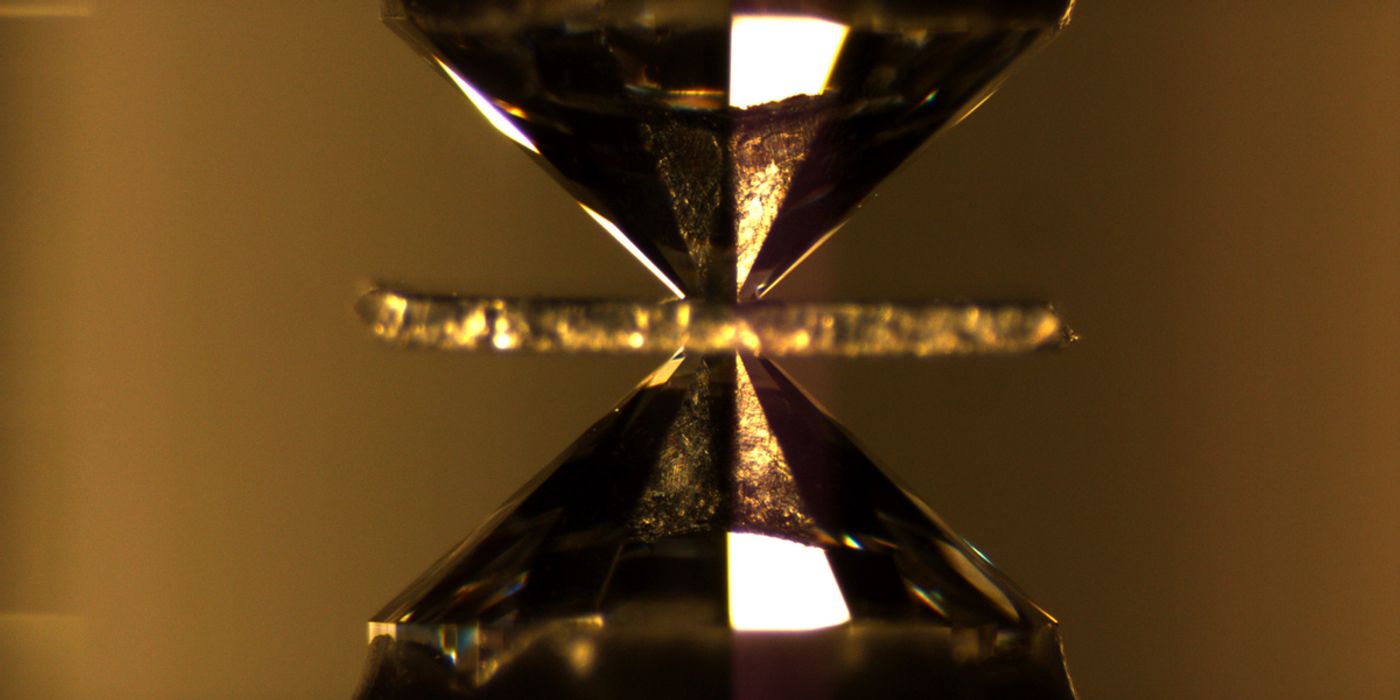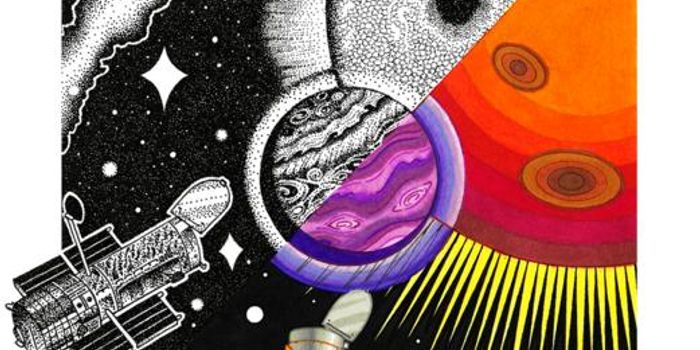Superconductivity at Room Temperature - Have Scientists Finally Achieved the Impossible?
First discovered by Dutch physicist Heike Onnes in the early 20th century, superconductivity is a rare phenomenon observed in metallic materials where its resistance to electrons flow was lost at extremely low temperatures (such as near absolute zero).
Recently, a team of scientists from the University of Rochester reported a new material, made of carbon, sulfur, and hydrogen, exhibits superconductivity at almost room temperature 15 °C (59 F), setting a new record for high-temperature superconductors.
Superconductivity is often characterized by the so-called Meissner effect, in which a magnetic field bypasses a superconductor when it is at or below its critical temperature. It's almost as if the superconductor gains a unique ability to expel any magnetic field lines that go through its interior during its transitions into the superconducting state.
The 1980s saw big progress in this field when scientists realized that they could use an inexpensive coolant - liquid nitrogen - with a boiling point of 77 K, to chill cuprate ceramic materials (copper-containing compounds) and achieve superconductivity.
As for the new record-setting material, it demonstrated the potential of a novel class of superconductors back in 2015. A publication reported the high-temperature superconductivity of a related compound - hydrogen sulfide. The obnoxious chemical, known for its characteristic smell of rotten eggs, can conduct electricity with zero resistance at 203 K (–70 °C) when placed under extremely high pressures.
Like the last report, the new superconductor - a mixture called carbonaceous sulfur hydride - can only work when compressed by a diamond anvil cell. The pressure reached as high as 267 ± 10 gigapascals, equivalent to that at Earth's core.
It would be extremely difficult to deploy the current method and the material in any meaningful applications. Still, scientists are hopeful that this could be the first step toward developing practical room-temperature superconductors. Future research could devise new approaches to lower its working pressures. If realized, the new class of superconductors can revolutionize many fields such as particle accelerators, telecommunication, quantum computers, and medical imaging.
Their latest discovery is published in the journal Nature.
First Room Temperature Superconductor! (Liv Boeree)
Source: Nature News










